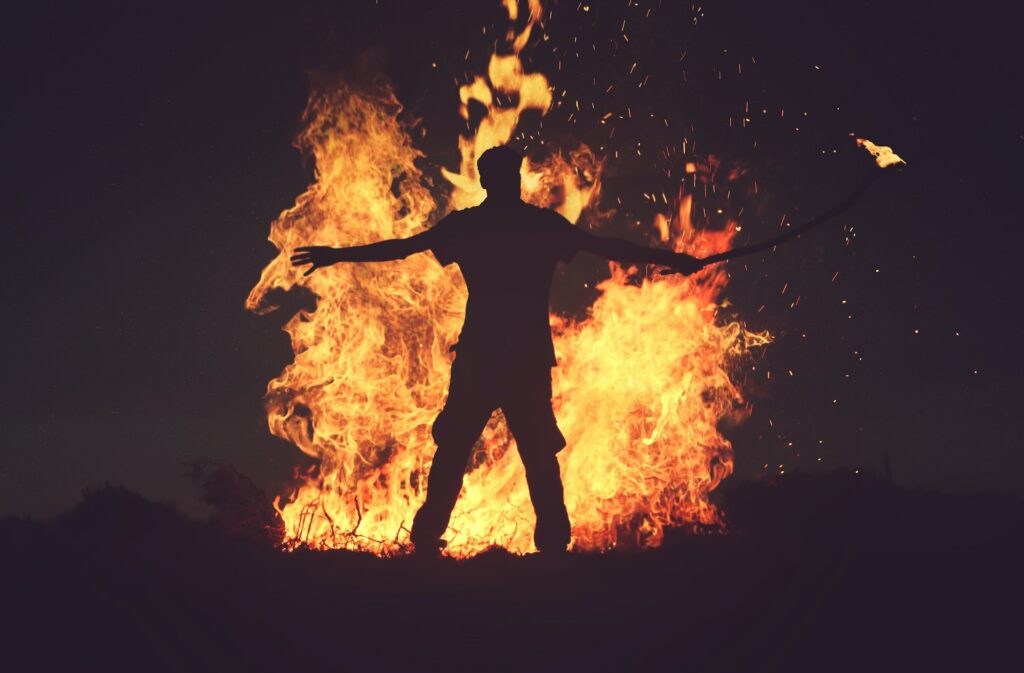
In a Barbenheimer world
28 July, 2023
How could we let this week go by without talking about Barbenheimer? The office debate over which one to go and see first is in full swing, whispers abound about what we liked about one (or both!), and ever so often a “stop, don’t spoil it!” Being who we are, of course the explosion made us think about the impacts of movies: their production, their distribution and everything else.
Thanks to the Albert report in 2020, we know that the average blockbuster movie creates 2,840 tonnes of CO2e. The main driver of this is travel (both by air and by land), coupled with the somewhat shocking amount of paper used. But there are ways that directors and production companies can reduce these impacts, notably, from digitalisation and the use of cloud services. These enable huge paper savings and simultaneous online collaboration, reducing the need to unnecessarily lug around post and pre-production teams.
But which of this summer’s must-see movies has the bigger carbon footprint? It is very difficult to know. Oppenheimer’s use of explosives and chemicals not only emitted carbon and polluted the air, but also potentially had an impact on the natural ecosystem around it. Barbie has sold more tickets, meaning that there are more people going to and from the cinema, but it was shorter and mainly produced in one location; although that might be enough to offset the carbon associated with the surge in production and purchase of those very hard-to-recycle dolls.
It is almost an impossible question to answer if there is no industry standard for capturing impact. And if Albert has the methodology already, should we be campaigning for more movies to use it to calculate and then disclose their carbon impacts? We would love to see the entertainment sector consider its environmental footprint – why not have a sustainability report per movie, much like Coldplay has done for their ongoing musical tour? We manage what we measure after all, and while it may not make a difference to whether moviegoers head for three hours of serious men in suits talking or choose some pink-toned smashing of the patriarchy, more disclosure would – inevitably – turn the camera lens on sustainability.
By Marie Guérinet
 Back to all friday 5
Back to all friday 5